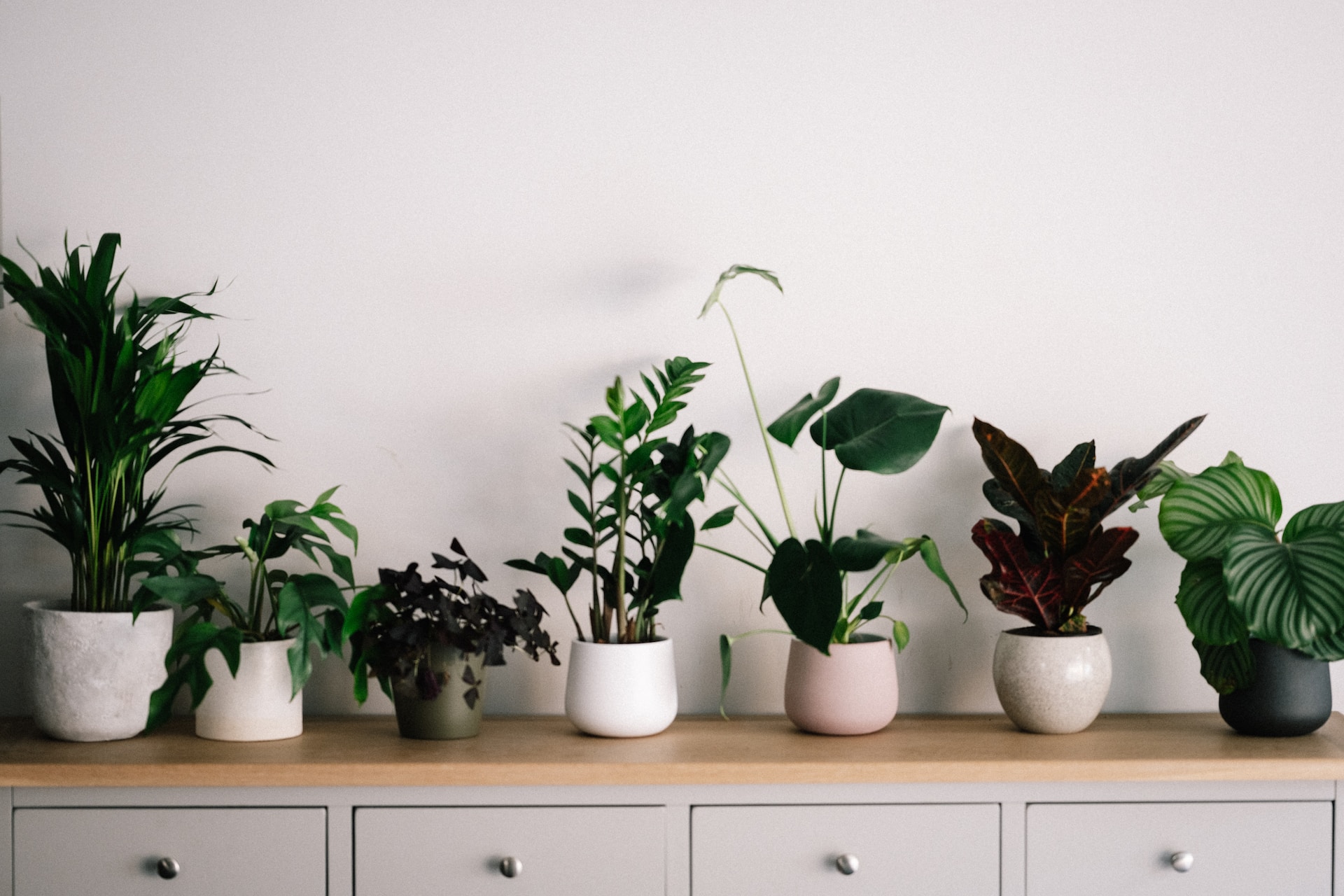
Plants make an average home bright and beautiful. If you want to make your current place more appealing, adding a bunch of green planters is the best option. However, the moment you plan to move, your plants might become a burden.
Being a plant lover, you will know the importance of keeping your green friends safe and secure. Especially while shifting homes, plants often get damaged. They either wither away or sustain external harm. Thus, homeowners must be extra careful with moving plants.
Whether it’s a long distance or a short one, your plants need extra attention. Without careful packing and moving, plants don’t survive. Here are six tips on managing your plants while moving to a new home.
Opt for Professional Movers
Homeowners should know that transporting belongings to a new place is not as easy as it may sound. Packing and safely transporting every item in your home requires experience and skill. Sadly, every individual doesn’t have the expertise to move delicate items.
In such circumstances, one should opt for professional movers. According to professionals working at Just-In Time Moving and Storage, a renowned moving company, “Experience is necessary while packing goods and shifting them to far-off locations.”
If you use the expertise of movers, most of your work is done in no time. You could relax and won’t need to worry about anything breaking midway. Even if you’re moving to a new country, the right packing company will make the process manageable and keep your plants safe.
Wrap and Protect Each Plant
Ensuring the safety of your plants begins with proper packing before loading them onto trucks or other vehicles. Remember, the packing stage is far more crucial than the actual moving process, particularly for larger plants. High-quality packing materials are essential for their preservation.
Use plastic wraps or bags to shield the plants, especially around the leaves, as unprotected leaves are prone to falling off during transit. To pack larger plants, consider using boxes. However, be sure to poke holes into the bags that wrap around leaves or flowers; plants require space to breathe.
Additionally, boxes can help maintain adequate space between each packed plant, preventing potential cracks in pots. Prioritize this careful packing process to safeguard your plants throughout transportation.
Use a Car Instead of a Truck
While moving plants or other goods in your home, one should consider the right vehicle. Several people prefer trucks for small and big plants, but it might not be a wise plan.
Trucks are huge and can accommodate several things, but they also increase the chance of plants and pots getting damaged. In comparison to trucks, using personal cars is better.
Cars would also allow sunlight to penetrate through windows, which is better for plant health. Trucks are darker and humid, which could cause a shock to plants. Thus, cars are far better in every instance. The only issue would be an added number of trips, but that would mean safe transport for all your green friends.
If you only have small plants in your garden or balcony, any car size is perfect.
Trim Plants Beforehand
Trimming is essential for maintaining plant health. Plant lovers realize that timely trimming allows plants to grow healthier, and they never miss out on pruning sessions. In the same way, trimming becomes essential before a move.
Plants like money trees or rubber plants grow profusely and can’t be moved unless you trim them. Before moving to your new location, remove all kinds of dead leaves and useless stems. Remove any unnecessary dead limbs with scissors or gardening tools.
Through timely trimming, plants become lighter, and it is easier to load and unload them. In addition, they become ready to start fresh in a new location.
Get the Right Size Box
Plants also need to be packed in the right type of box. You might have massive-sized plants with huge leaves. These plants can’t go in small boxes. If you try fitting them in a container smaller than their size, they get damaged. So, the right size of a box is crucial for plant safety.
For smaller plants, one can use cardboard boxes. You could place multiple small pots in the same box, and they would sustain no harm throughout the journey. Whereas, larger plants with huge pots, should be packed individually.
Don’t forget to stabilize each large pot with the help of extra paper or foliage around its sides.
Make sure the Soil is Dry
Before the actual move, make sure all your plants are dry. Avoid watering them for at least a week to ensure the soil is dry. The drier the soil is, the easier the move will be.
When the soil of your plants is dry, they weigh less, and one can carry them anywhere. Heavy plants are difficult to move, and you might need to pay people to have these plants placed in your new home, adding to your expenses.
In addition to being lighter, drier soil allows a cleaner move. With dry soil, homeowners can be sure their expensive vehicles won’t get dirty.
However, do water these plants immediately after settling in your new home. Leaving plants for a longer time without water leads to potential damage.
Like this post on moving plants to your new home? See more of my home and interiors posts here
